The Sacred Valley of the Incas describes the 100 km corridor between the Andean city of Cusco, the ancient capital of the Inca empire, and the remarkable citadel of Machu Picchu. While Machu Picchu is undeniably the main attraction, there are so many other sites to visit. Here is a guide to some of the other Sacred Valley highlights to explore while you are visiting the area.
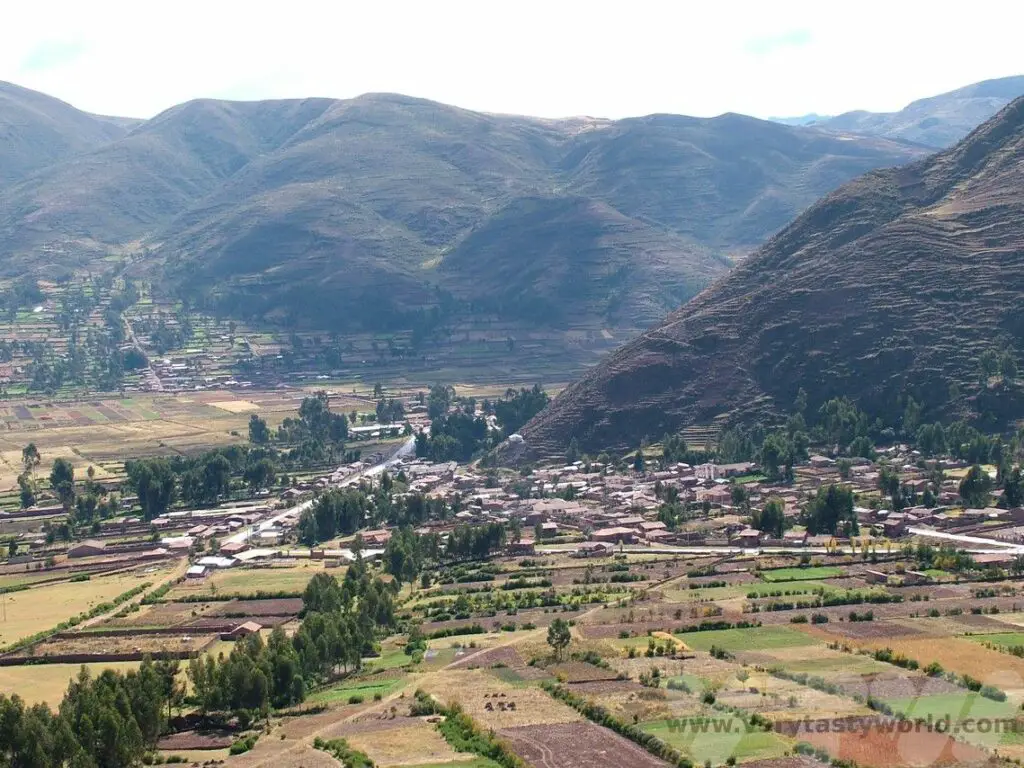
Please note that this post contains affiliate links. If you click through and decide to make a purchase we will earn a small commission, at no extra cost to you, which will help towards the costs of running this site.
Getting to the Sacred Valley
Most people fly into Cusco. Flights are available from all over Peru, notably its capital Lima, but also from other regions. We flew in from Puerto Maldonado having visited the Peruvian jungle some days previously. One thing to note is that Cusco is at an altitude of 3400m and if you are flying in from sea level, it is definitely worth spending a couple of relaxing days in the city and surrounds to acclimatise to the altitude.
An alternative route is to catch a bus up to the Andes. It takes around 22 hours from Lima. There are a few advantages to using the bus: it is cheaper, you can enjoy the mountain scenery and also it means that you climb up to the altitude at a more leisurely pace than flying in, which means that you can adjust more slowly.
Sacred Valley Highlights
Cusco
Cusco is the main city in the region and the most popular location to use as a base for exploring the Sacred Valley. The city was occupied by the Killke people from roughly 900CE until the arrival of the Inca in the 13th century.
It was to become the capital of the Inca Empire meaning that Cusco was, in its time, the most important city in South America. Cusco grew from a small village to a vast city thanks to Pachacuti Inca Yupanqui, who expanded the Inca Empire to cover a huge area of the South American continent. It is believed that Machu Picchu itself was constructed as an estate for Pachacuti.
Cusco’s Centro Historico is a UNESCO world heritage site and, like much of the Sacred Valley, sees colonial architecture blend alongside Inca ruins in a fusion of cultures and history. The main square is located right at the heart of the city centre. There are various shops and restaurants lining the perimeter of the square and it is frequently used for bands, who play concerts, and dance troupes. It’s a lively place where locals and tourists intermingle.
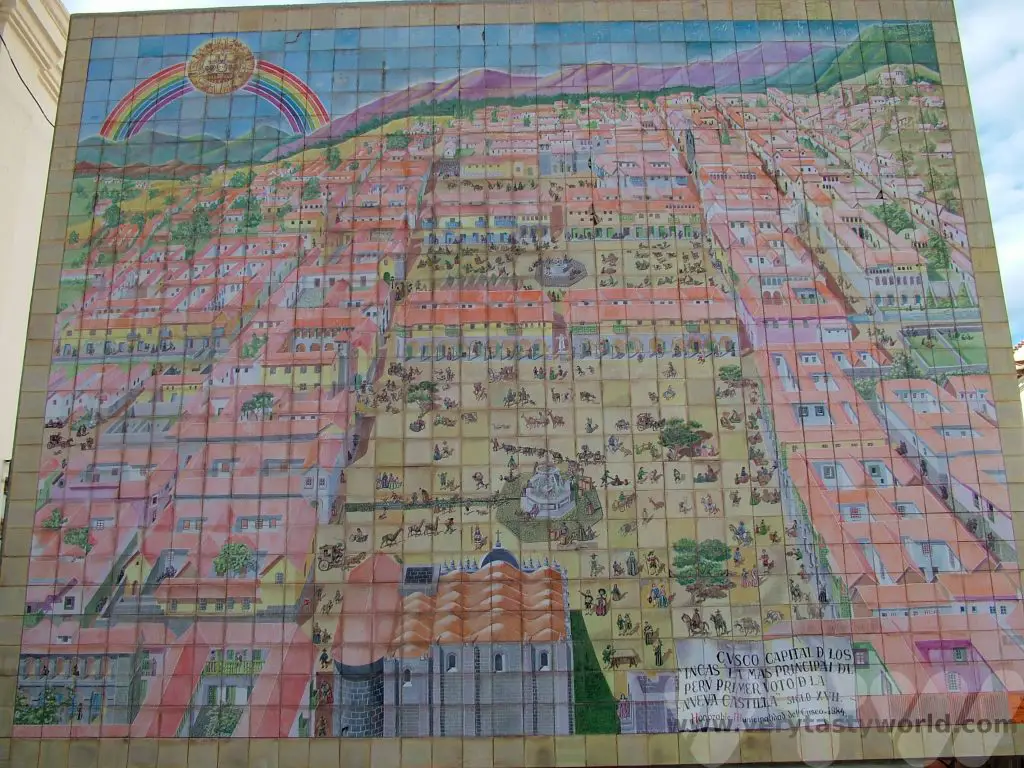
The city’s cathedral located in the north-east corner.
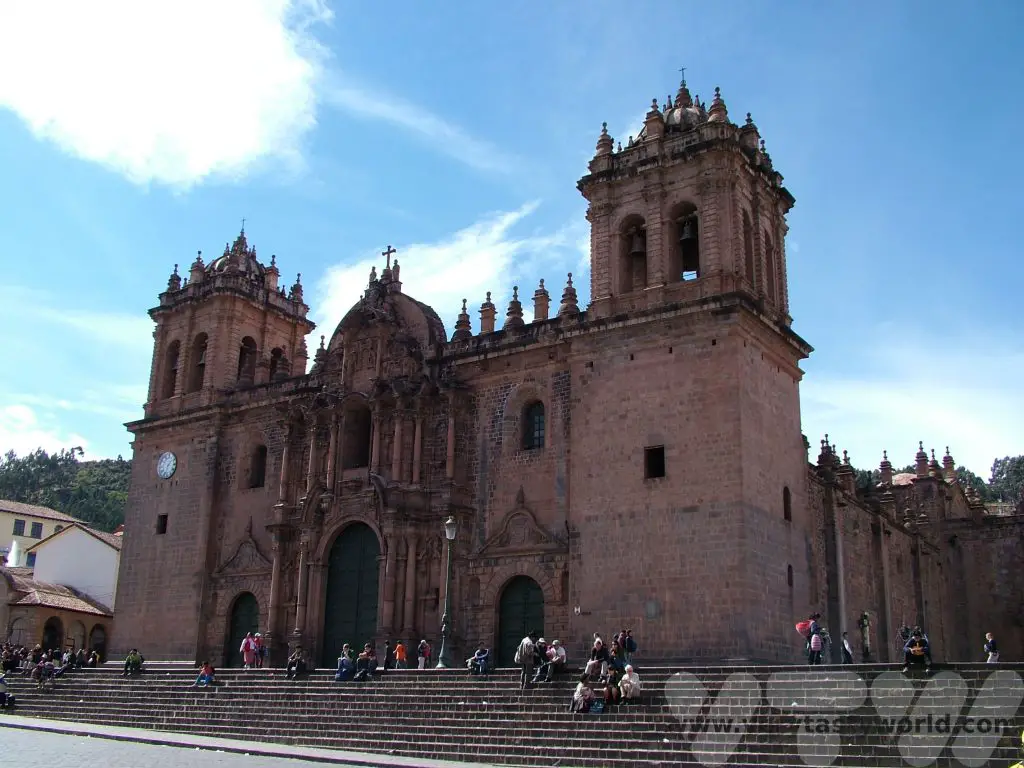
Another church that is of particular interest is the Church of Santo Domingo. It was built directly on top of the most important Inca temple of the region, Coricancha, and hence encapsulates the blending of indigenous and colonial cultures over the centuries.
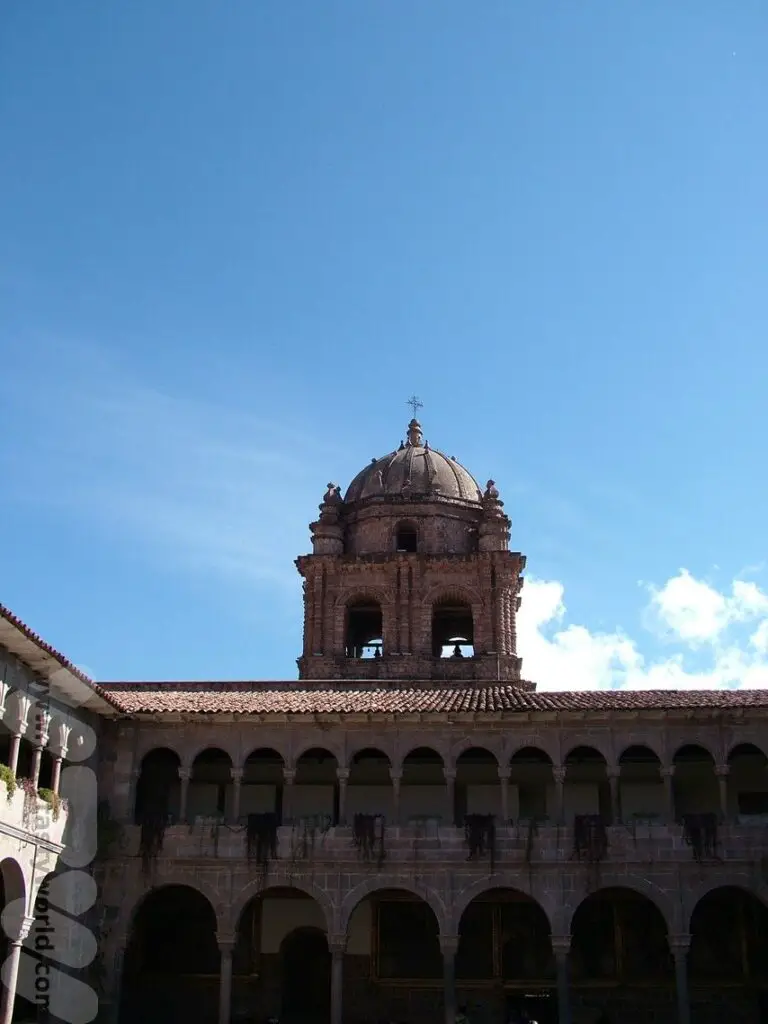
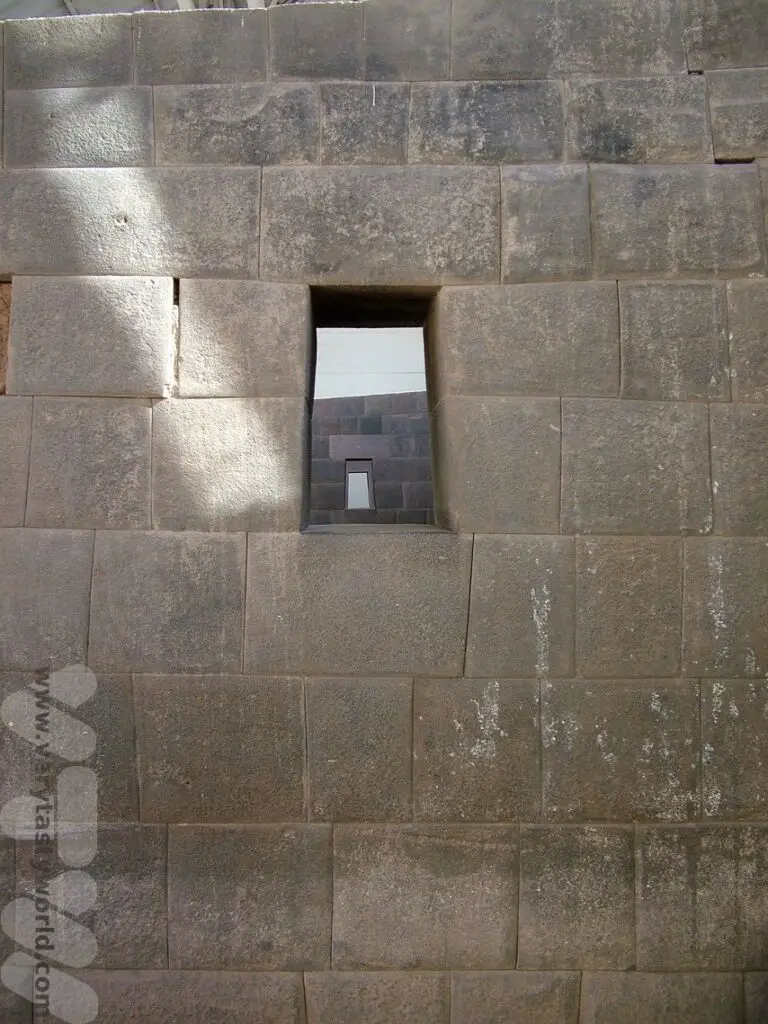
Sacred Valley Sites On The Outskirts of Cusco
There are a number of fascinating Inca sites located very close to Cusco. In fact, they are so close you could even walk to some of them if you were feeling energetic. Some are further out (up to 8km), so we recommend either booking a half-day tour with a local company, which would include a visit to all the sites, or getting a taxi, a bus or colectivo (a van/minibus that runs a particular route on no particular schedule – you usually go when the vehicle is full). You can buy a ticket that covers entry to Sacsayhuaman, Q’enqo and Tambomachay as well as the fortress of Pucapucara.
Sacsayhuaman
Sacsayhuaman is a dramatic citadel initially established by the Killke and significantly expanded by the Inca, located on a hillside overlooking Cusco.
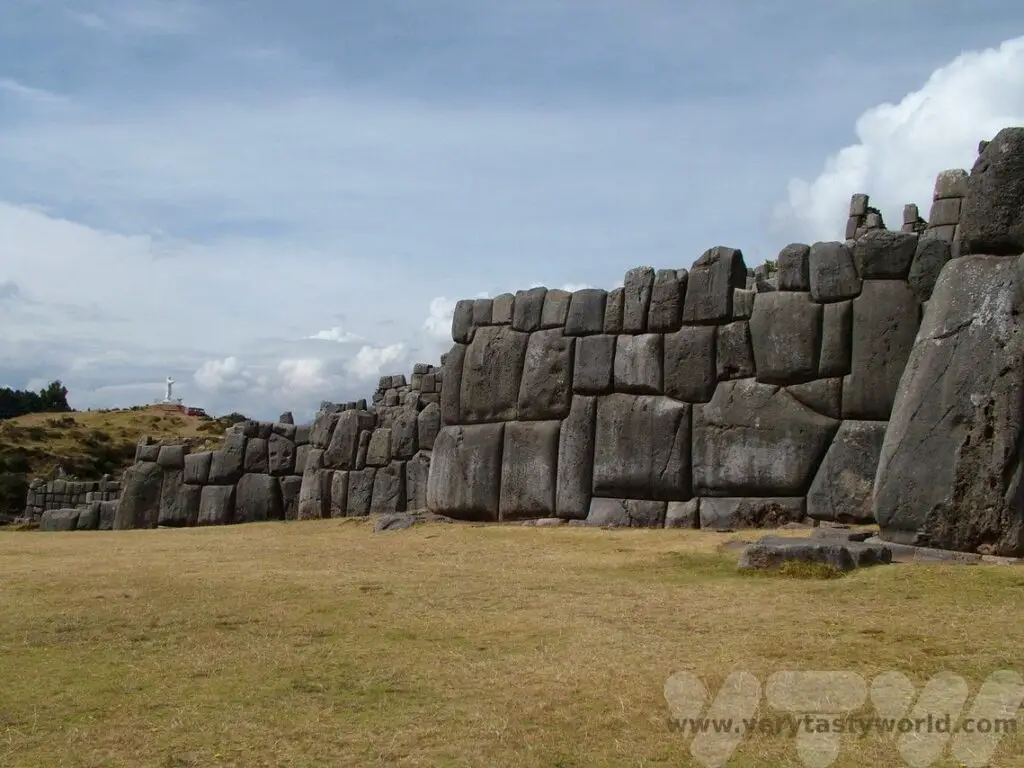
The construction is remarkable, notably the enormous stones that form the terrace wall which is adjacent to the plaza. The tallest parts of the wall reach over 6m in height and the huge stones are apparently packed so tightly that it’s impossible to slip even a single sheet of paper between them.
If you’re lucky you might even get an impromptu concert from a visiting band.
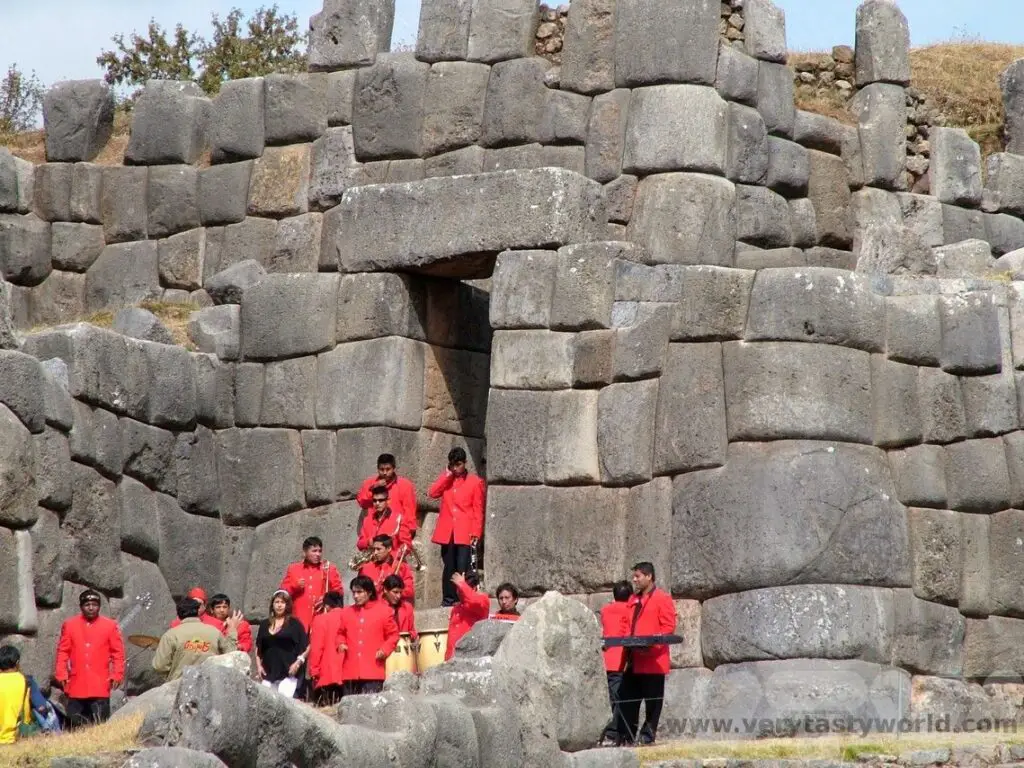
There’s a lovely view of Cusco from the site as well.
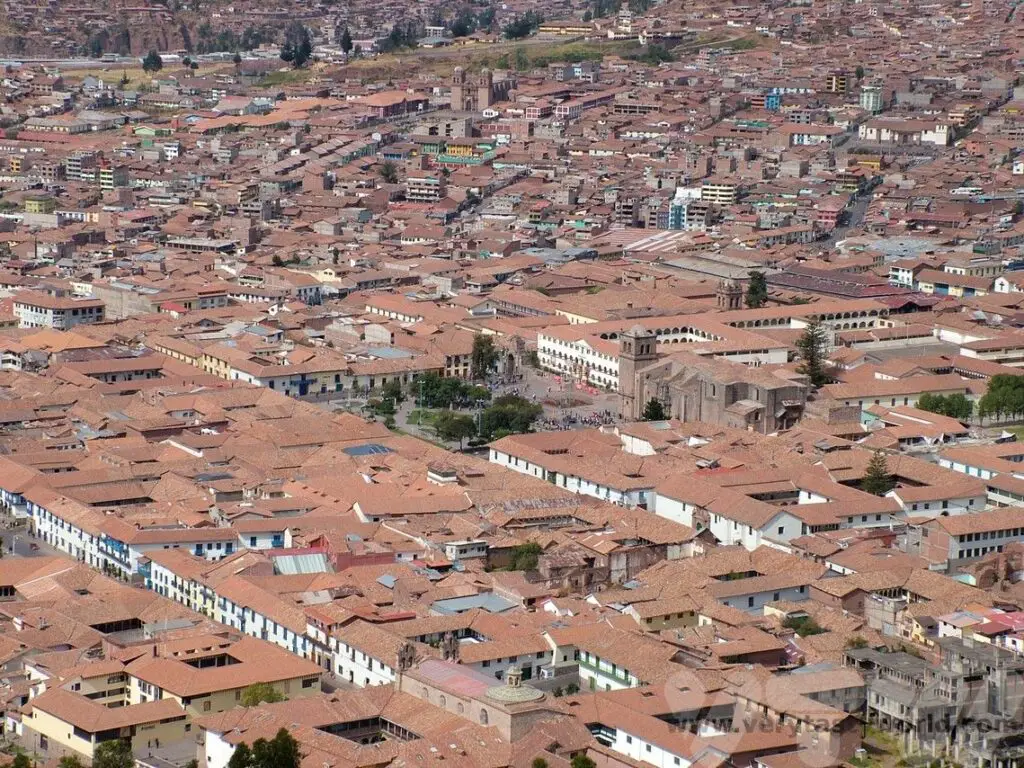
Tambomachay
This fascinating site, located near a number of springs, is comprised of canals and aqueducts that run through the rock terraces and flow into three waterfalls. The purpose of the site isn’t really known but it is thought that it may have been a sort of spa resort for the Incas or possibly a religious site.
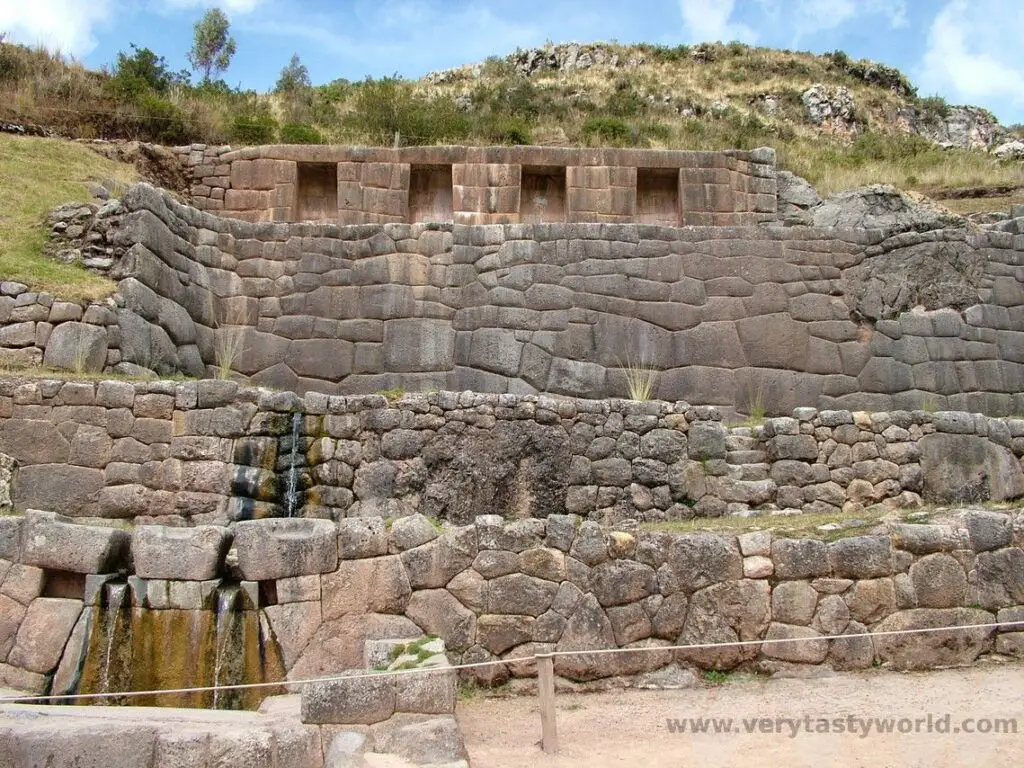
There is a legend that the water has particular qualities that may help those that are follically challenged. Yes, the water is purported to cure baldness! Further along the site, Colin was encouraged to wash his head under the water but, sadly, we can only report that the water’s reputed magical powers did not prevent further balding, nor produce any additional tresses. So it goes…
Q’enqo
This is an archaeological site thought to be a holy place or huacas. Huacas used existing rocks as a site for religious ceremonies. It is thought that sacrifices may have taken place here.
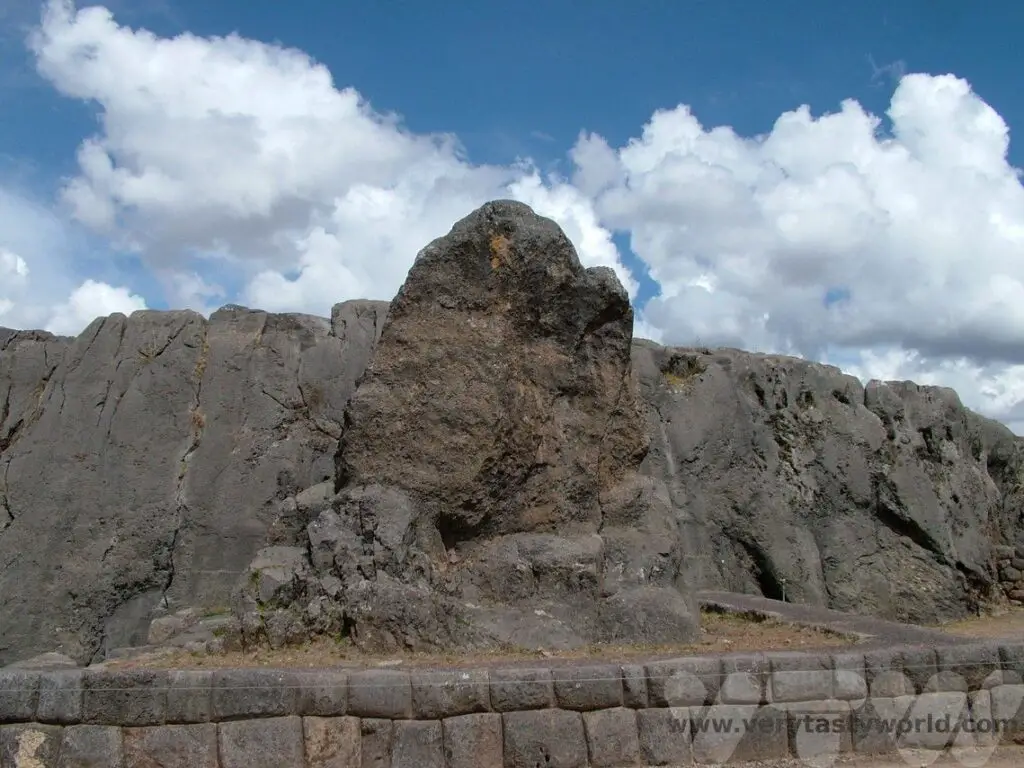
The name Q’enqo is thought to derive from the Inca word for ‘labyrinth’ possibly on account of the winding passages carved into the rock. These include several features such as altars. It’s possible to wiggle inside and explore the carved rock within.
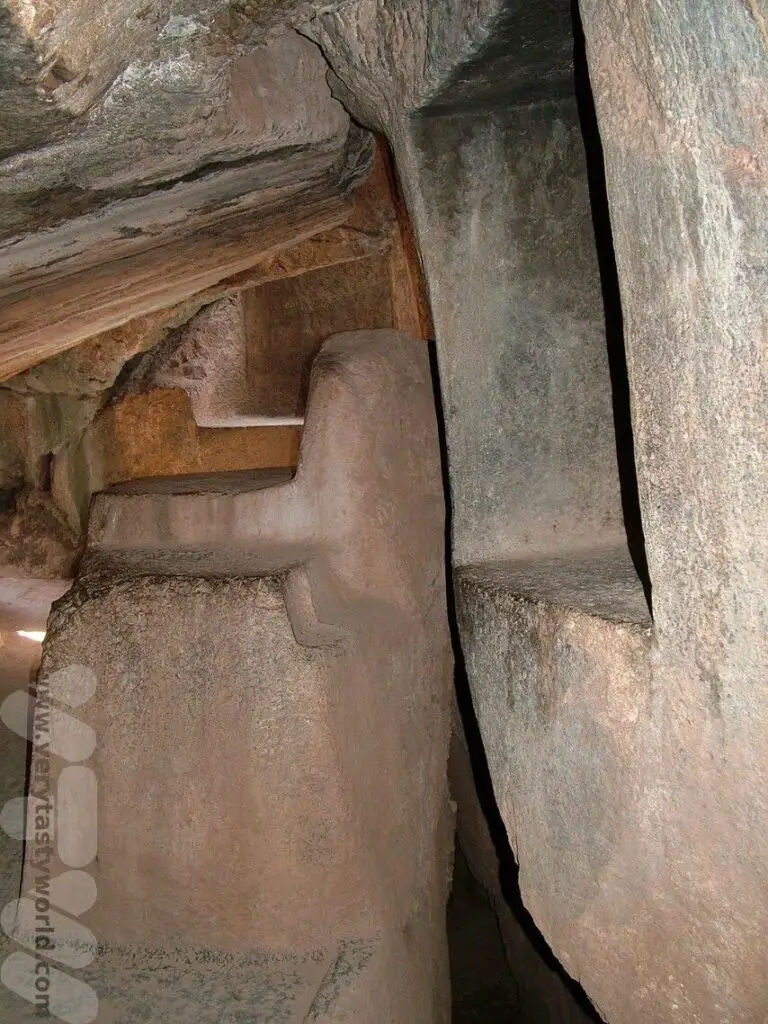
Further Along the Sacred Valley – A Day Trip
Depending on how much time you have, you can explore the Sacred Valley at your leisure. There are various transport options for travelling to the main towns in the region. There are taxis (most expensive), buses and colectivo (cheapest) available in the major towns. If you are short on time there are a number of companies that can offer day trips to the sites across the Sacred Valley. Many will offer a pickup from your hotel. These are usually full day tours and will often start early in the morning.
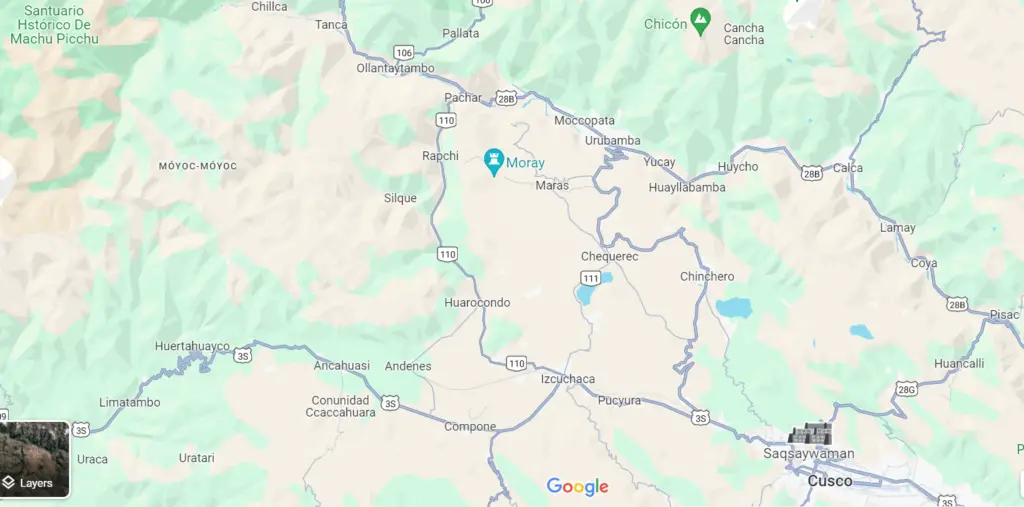
There are many sites to see in a day, so some tours may prioritise some sites or activities over others. For example, some may take you to Pisac’s market but not its Inca ruins. It’s worth shopping around to decide which towns and activities are of most interest to you.
Pisac
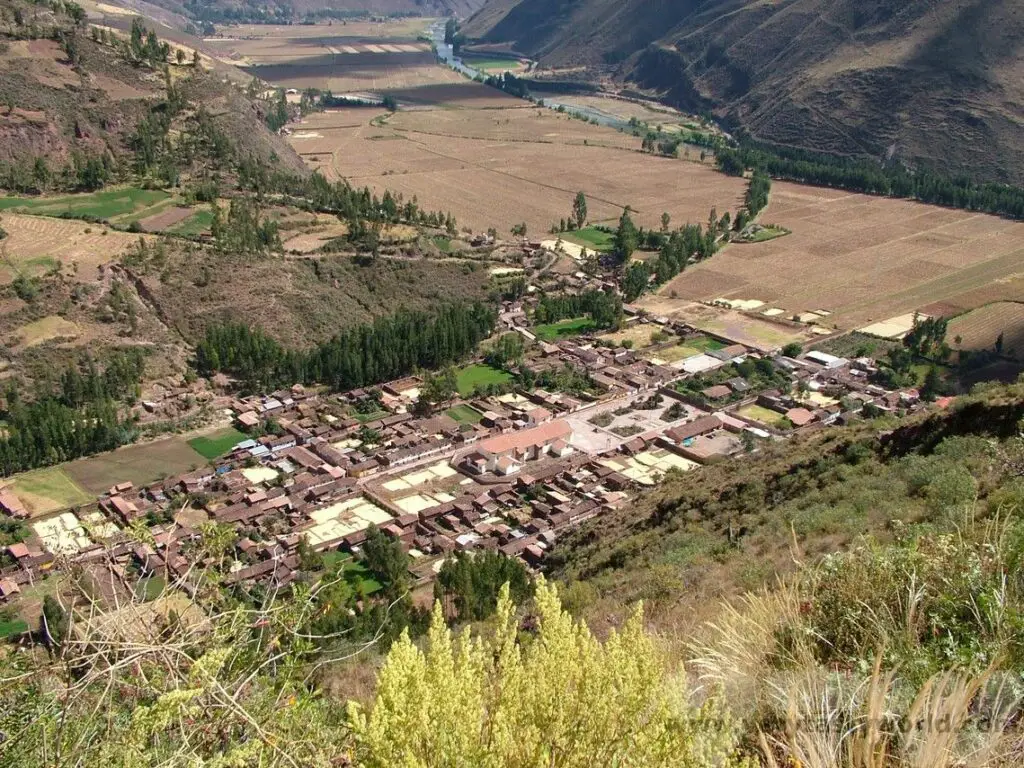
This town nestled in the Sacred Valley is famous for its market, the largest in the region. Officially it was a Sunday market but it is so popular that it runs pretty much every day. It is a bit touristy but if you are after souvenirs – and you like shopping – it is worth a visit. Arrive as early as possible to avoid the crowds.
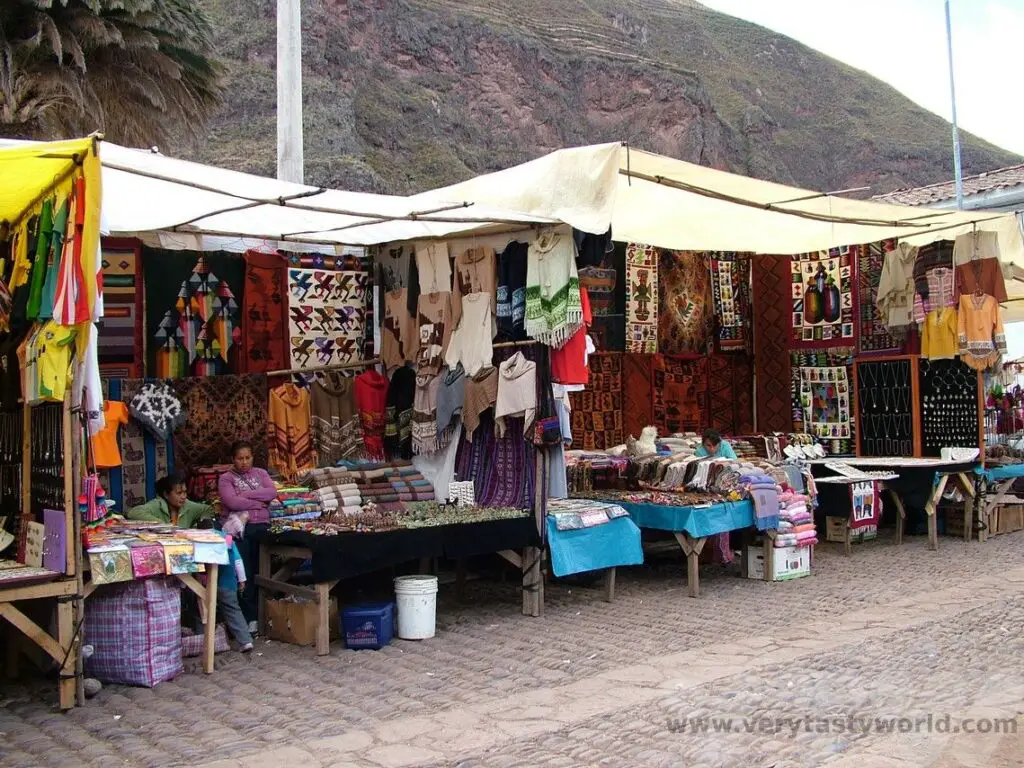
Pisac also has some splendid Inca ruins if you don’t want to haggle for souvenirs but check whether a visit to this site is included in the tour as some prioritise the market.
Chinchero
This is a charming village which has a lot of history and offers another blend of Inca and colonial architecture.
Túpac Yupanqui (the son of Pachacuti) who was the emperor of the Incas between 1471 and 1493, built a grand palace in this area. (Curiously, some academics believe that it was the Incas, led by Yupanqui, who discovered the Galapagos Islands. Although there is no evidence for this, it does reflect the vastness of the Inca empire in its heyday.) The terraces were used for agricultural purposes.
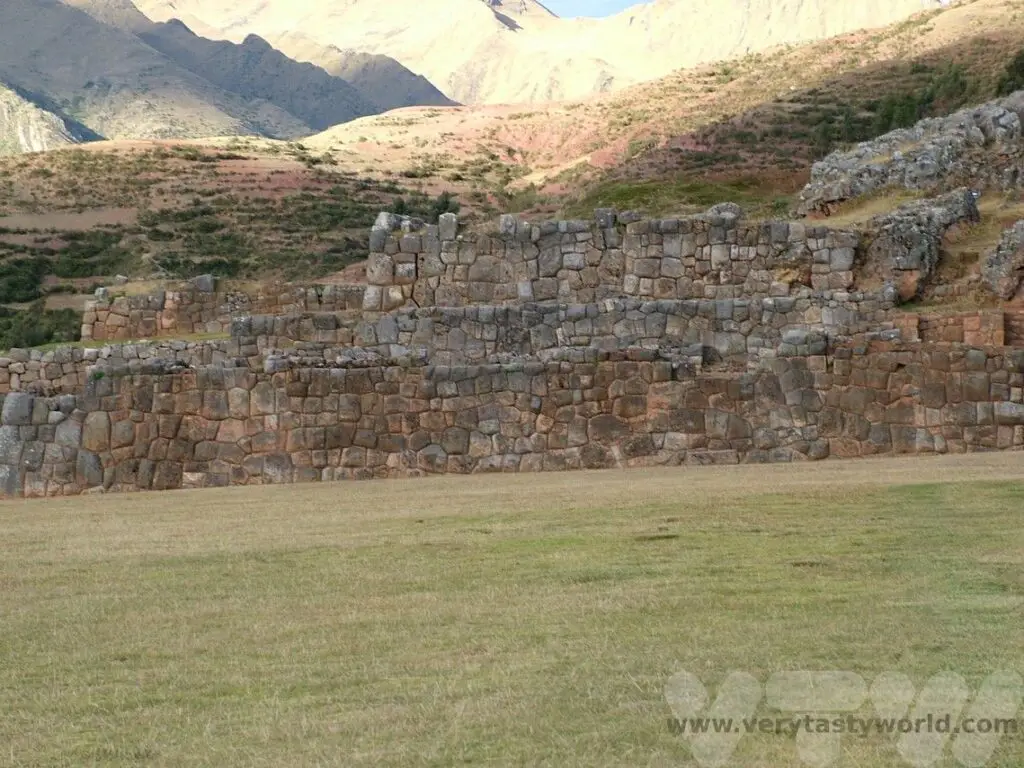
The walls with multi-angular and trapezoidal stones perfectly illustrate the complexity and sophistication of the Inca construction techniques.
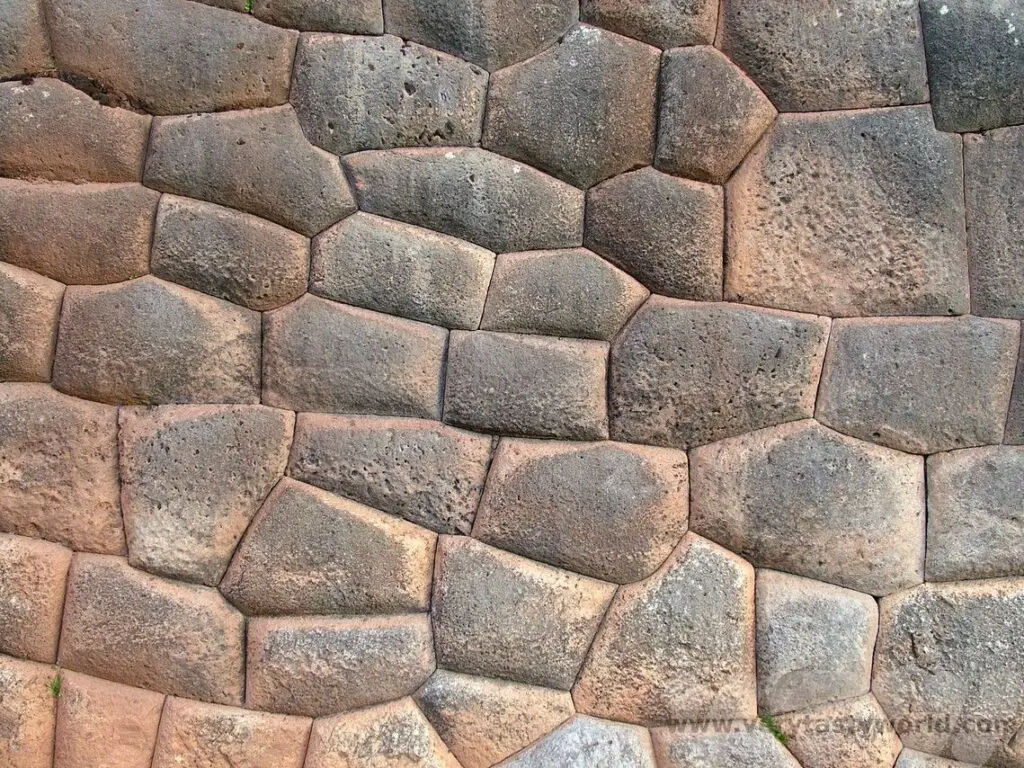
Chinchero was destroyed by rebel Manco Inca, who set it alight in 1540 in order not to leave any resources for the Spanish conquistadors, as he retreated from their unwavering advance.
When the Spanish finally settled in this town they built the Church of Our Lady of Monserrat on the remains of Yupanqui’s grand residence. It uses some of the Inca palace walls for its foundations and very much reflects the way that the cultures have integrated over the centuries.
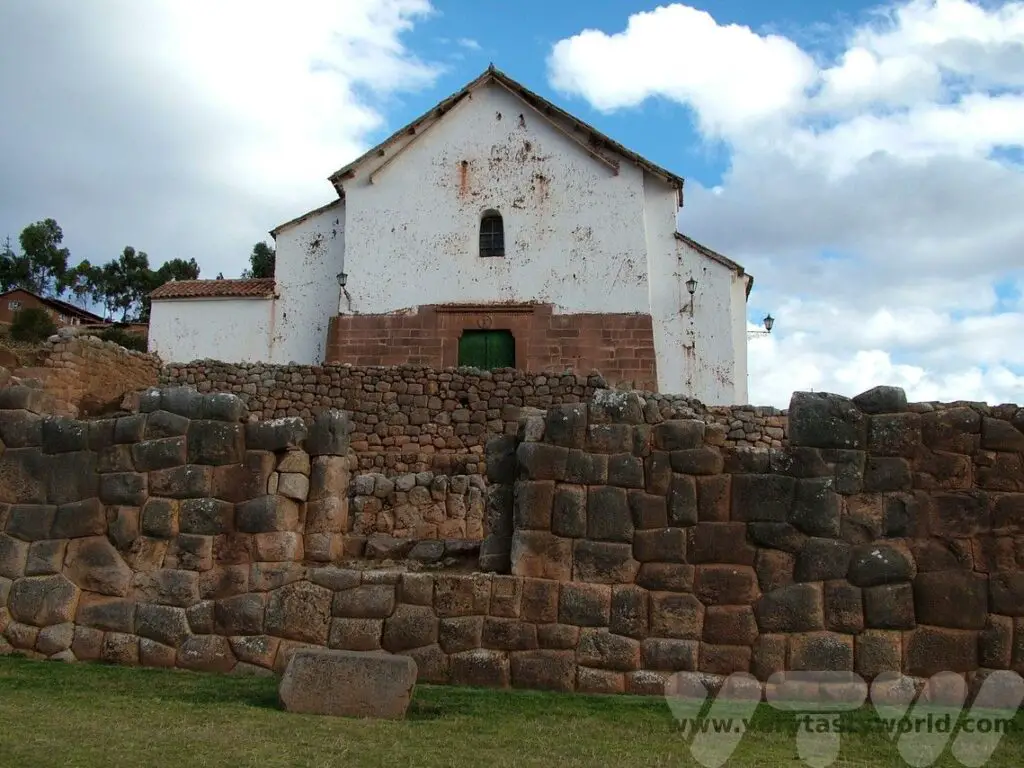
The church contains some of the best religious art in the region.
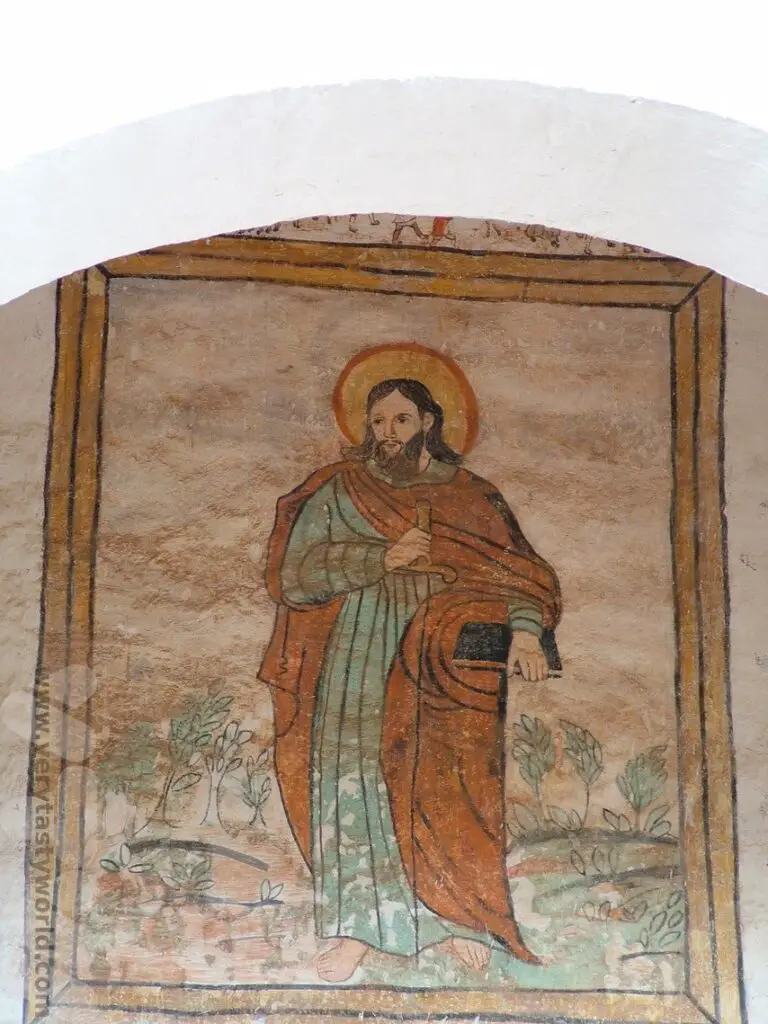
Also a centre for textiles, you may see the local women weaving colourful cloth in the streets of Chinchero. It’s very much a community working together as a co-operative.
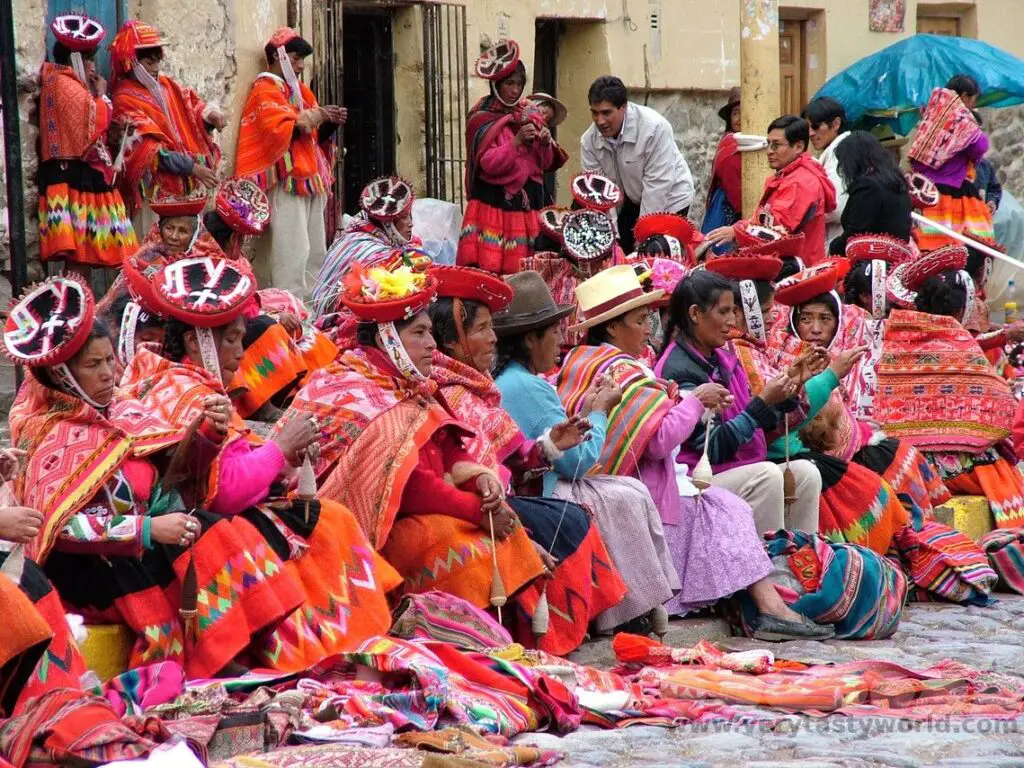
Ollantaytambo
The furthest town from Cusco on this day trip, located about 60 km away (and around 2/3 of the way to Machu Picchu as the crow flies), Ollantaytambo was established by Inca emperor Pachacuti and served as his royal residence.
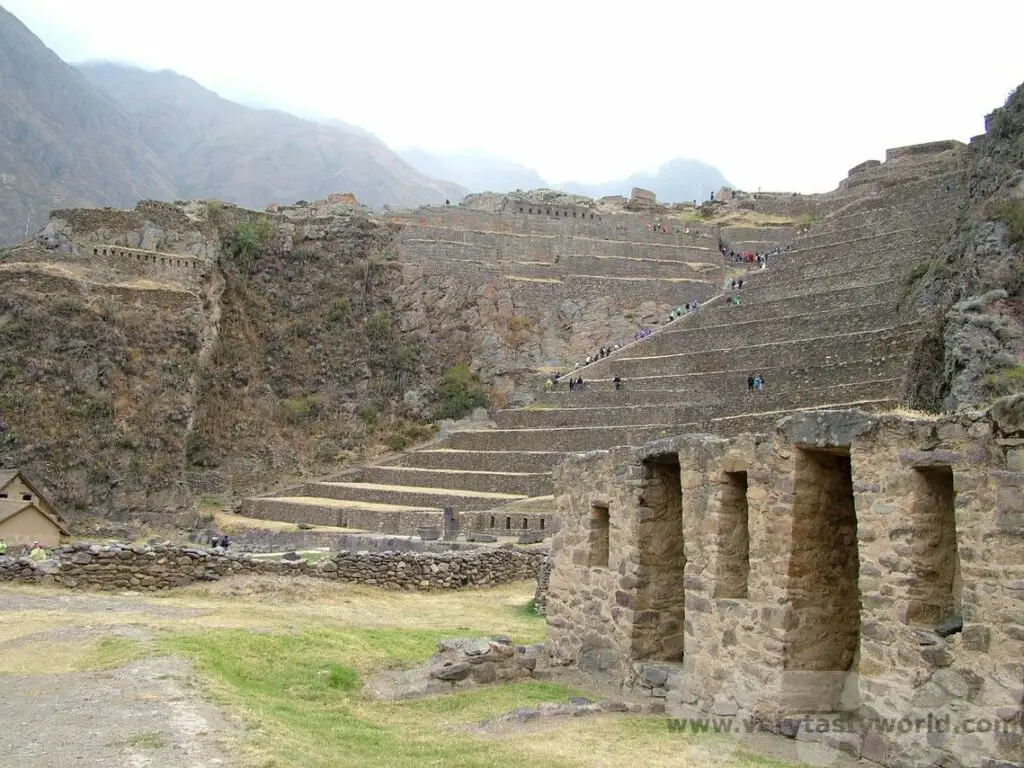
Ollantaytambo’s ruins are extremely well preserved and reflect the agricultural practices of the Incas in this area, notably the quality of the construction due to their prestigious status. The terraces are very well constructed, with high walls, and they scale the tall mountain. This has a practical effect which ensures that the Inca could grow many types of crops which flourished under the different micro-climates on the terraces.
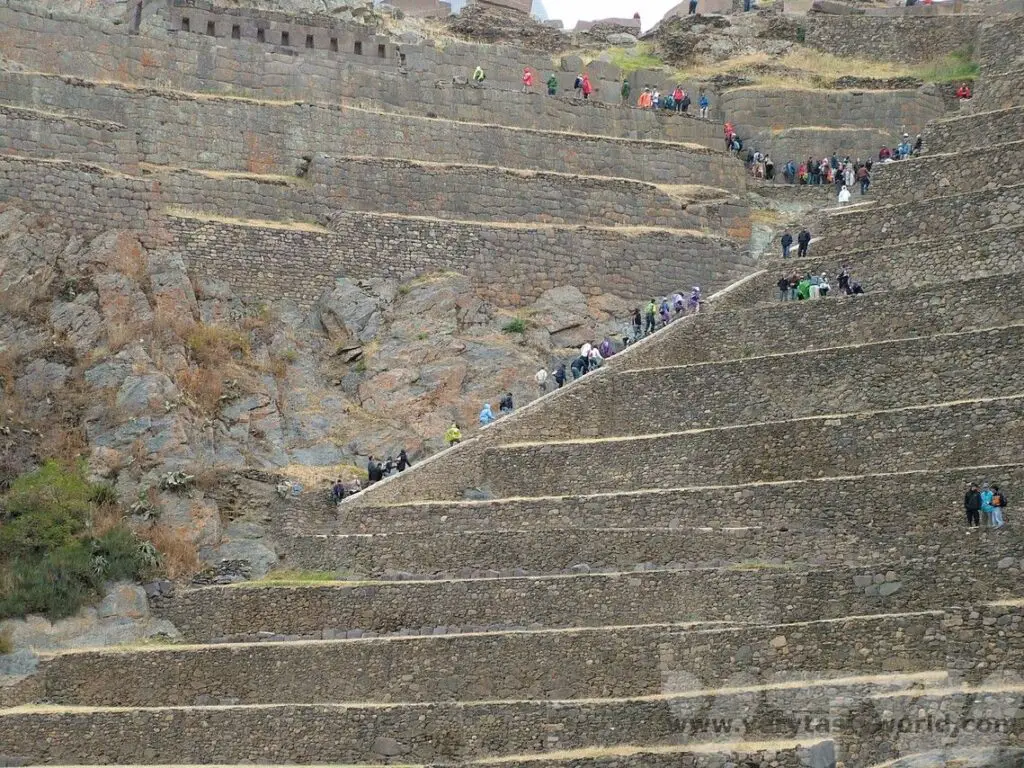
Storehouses for food can also be seen.

Ollantaytambo was the last bastion of the rebel Manco Inca Yupanqui who led the resistance against the Spanish conquistadors. After Cusco had fallen Manco Inca successfully blocked a Spanish expedition and defended Ollantaytambo, but was unable to hold his position. He eventually retreated into the jungle of Vilcabamba and became the leader of the Neo-Inca state.
There are a number of other interesting sites to visit. These include the salt pans of the Salinas de Maras and the concentric terraces at Moray, thought to be a location where the Inca experimented with growing particular crops. If you’re feeling active, whitewater rafting on the Urubamba River is a popular activity.
Essential Drinks to Try in the Sacred Valley
Peru is deservedly cited as having one of the world’s most interesting cuisines with all sorts of delicious delicacies to taste all over the country. But we also enjoyed some typically Peruvian drinks whilst visiting the Sacred Valley.
Chicha
If you see a flagpole outside a local house, this represents a chicha place where you can try a glass of corn beer. You are welcome to come in and buy some for a modest price.
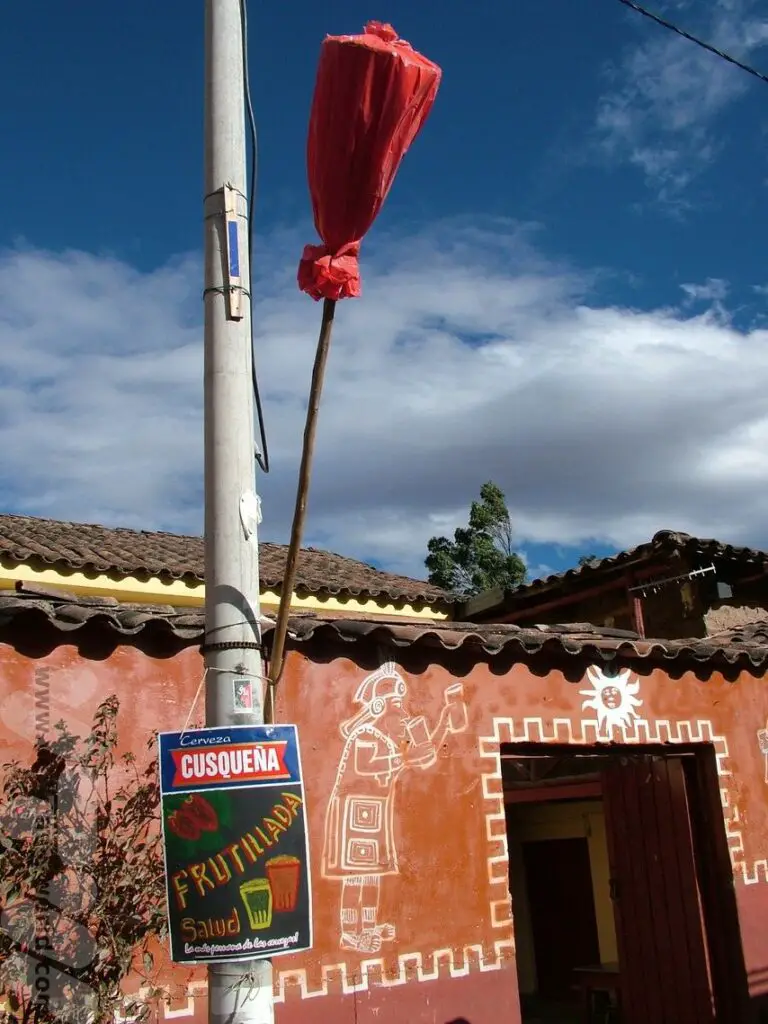
Chicha is brewed from maize and fermented in earthenware vats. It’s usually made by the women of the family and can provide a good income for the household.
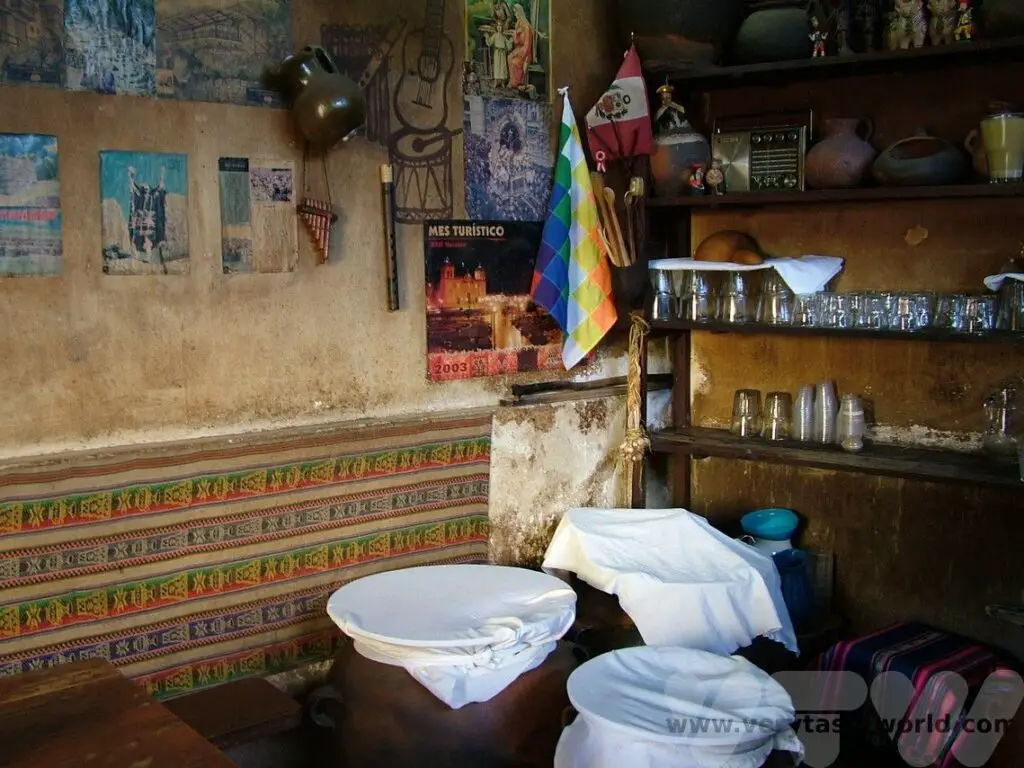
Chicha made in a very similar way to standard beer but it uses maize/corn instead of barley. It is a very special drink that had a huge cultural importance to the Inca people. It’s not very alcoholic – about 3-5% – but it is very refreshing and tasty too.
Chicha de jora is made from yellow maize and chicha morada from purple corn, with fruit such as pineapple or strawberry added with spices such as cinnamon or cloves to add flavour. Both types of beer have a glorious colour.
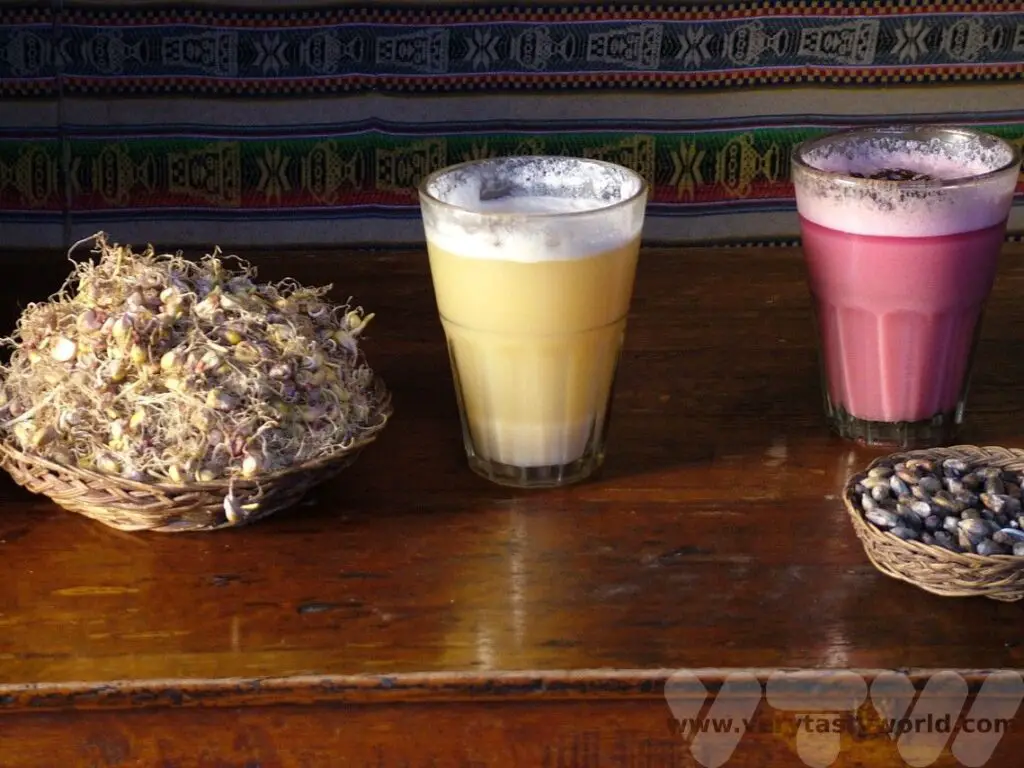
Coca Tea
At altitude you really notice the thinner air and the lack of oxygen. You may not feel it initially but climbing a seemingly innocuous flight of stairs, even a single storey, can leave you puffing and panting and wondering whether you need to be working out more. Some people have more serious reactions which include headaches, nausea, tiredness and dizziness. There is no knowing whether you are likely to suffer from altitude sickness, and fitness isn’t a factor – it seems as though either you are or you aren’t susceptible. If you do feel poorly, stop and rest. Make sure you are well hydrated. Avoid consuming alcohol and smoking.
One local remedy that is reputed to help with mild symptoms is coca tea. It won’t cure altitude sickness but apparently helps alleviate the headaches. (It’s not recommended for those with high blood pressure, heart problems or diabetes.) And as acute mountain sickness can be fatal – if symptoms get worse, seek medical advice immediately.
Our hotel had free coca tea available all the time and this is the case with most accommodation in the city. A nice cup of hot tea after a morning or afternoon’s sightseeing was always welcome. The tea is brewed from the leaves of the coca plant, which the Incas considered to be sacred. It’s not tannic and has a pleasing flavour, a mild, refreshing taste that is a bit like green tea.
You can buy coca tea bags in Peru to bring home. They last ages and can still be enjoyed at altitudes much closer to sea level.
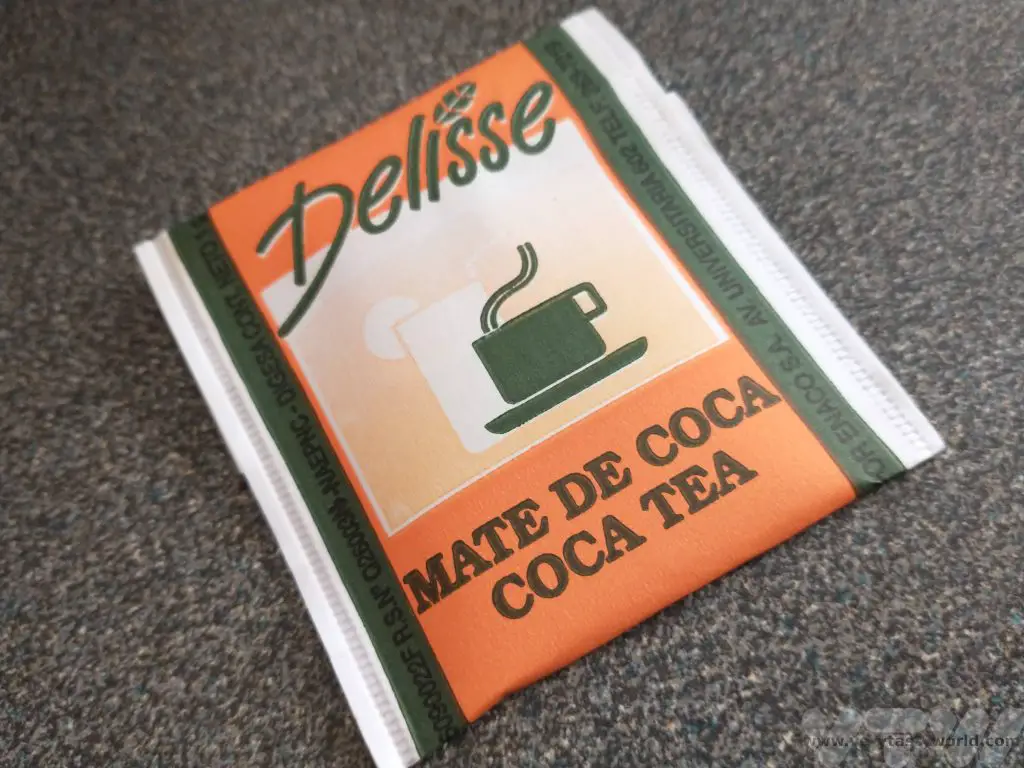
Just brew them as you would any cup of tea: teabag in a cup, add boiling water, steep to the strength you like, sit back, put your feet up and quaff.
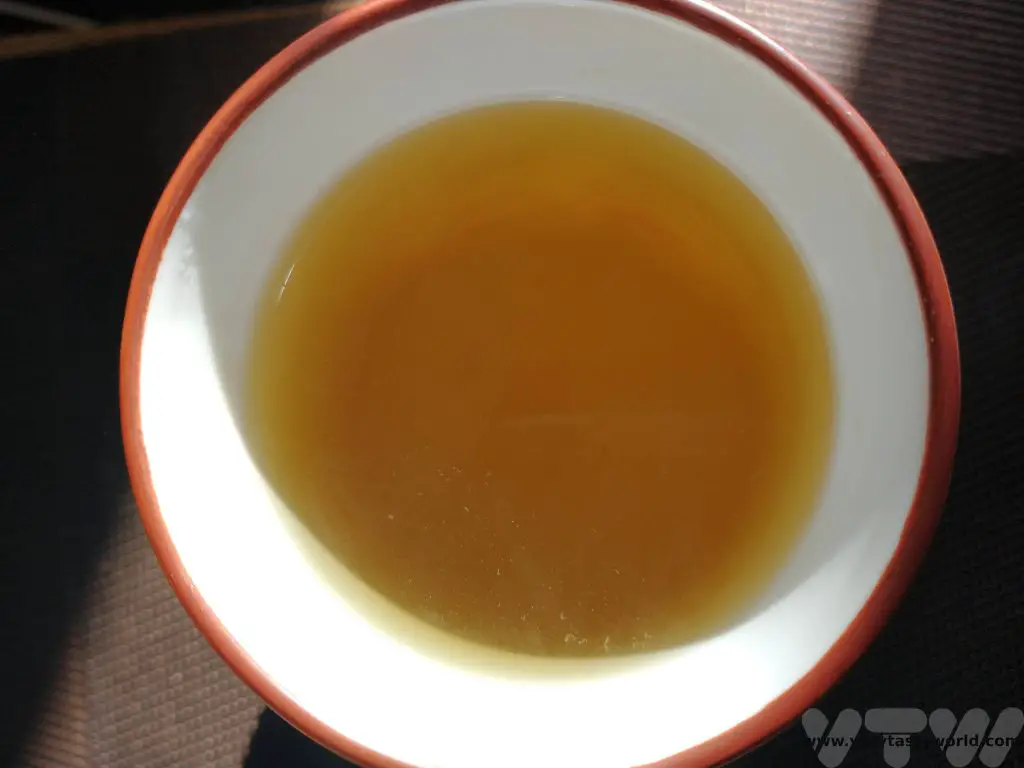
Although often considered to be the gateway to Machu Picchu, Cusco and the Sacred Valley have so much to offer the visitor. It is definitely worth spending time in this area, not only to acclimatise to the altitude, but also to explore and discover more of the region’s fascinating history and culture.
Related Posts You May Enjoy

- Best Time To Visit Machu Picchu 2024 Update
- A 2 Week Patagonia Itinerary
- Day of the Dead in Campeche
- A Galapagos Land Based Itinerary
- RECIPE: How to Make Costa Rica’s Gallo Pinto
- A Tasty Puebla Food Tour
- Costa Rica Wildlife Sanctuary – Caño Negro
- Visit Torres del Paine National Park in Patagonia
- Atacama Desert Itinerary
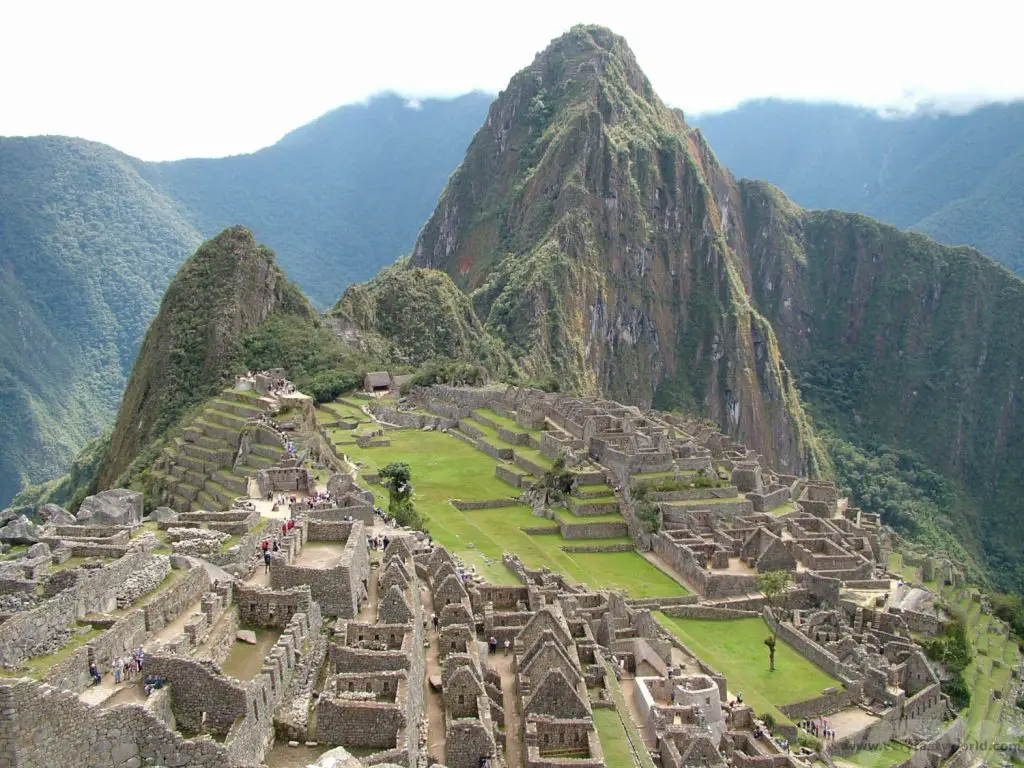
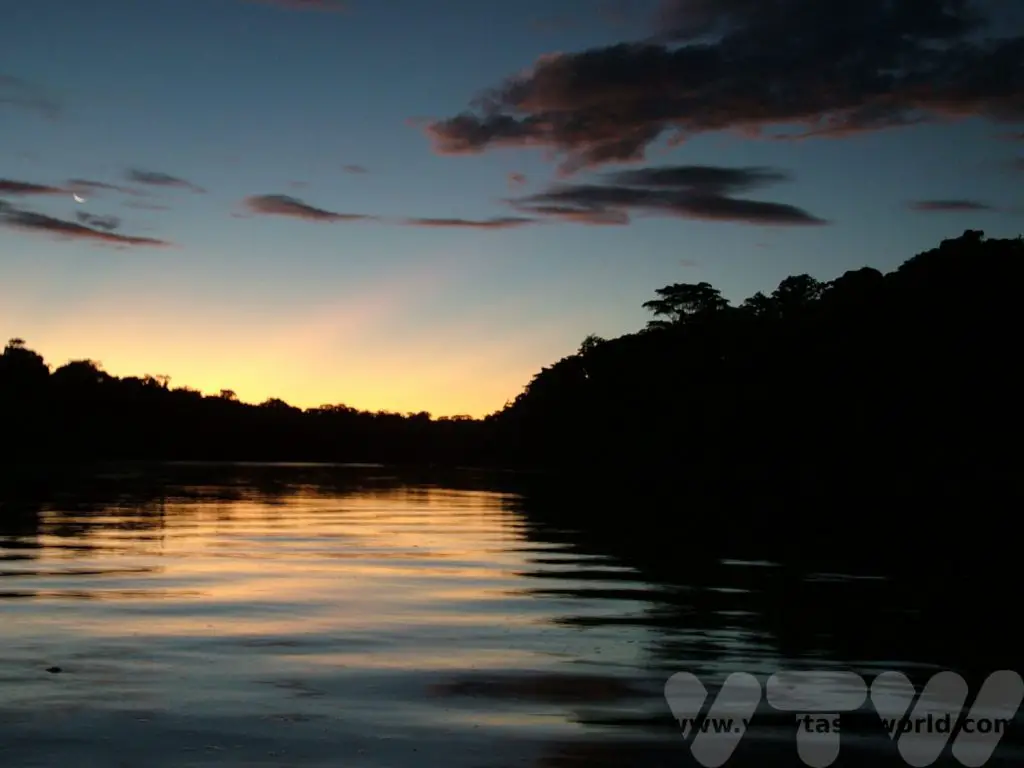
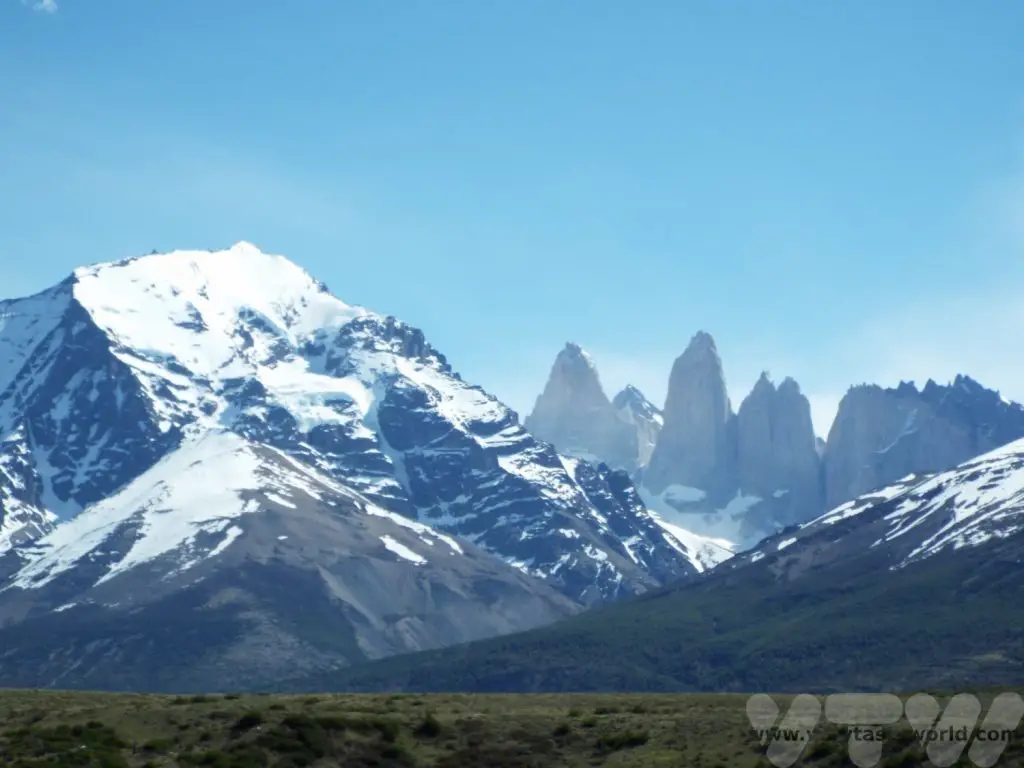
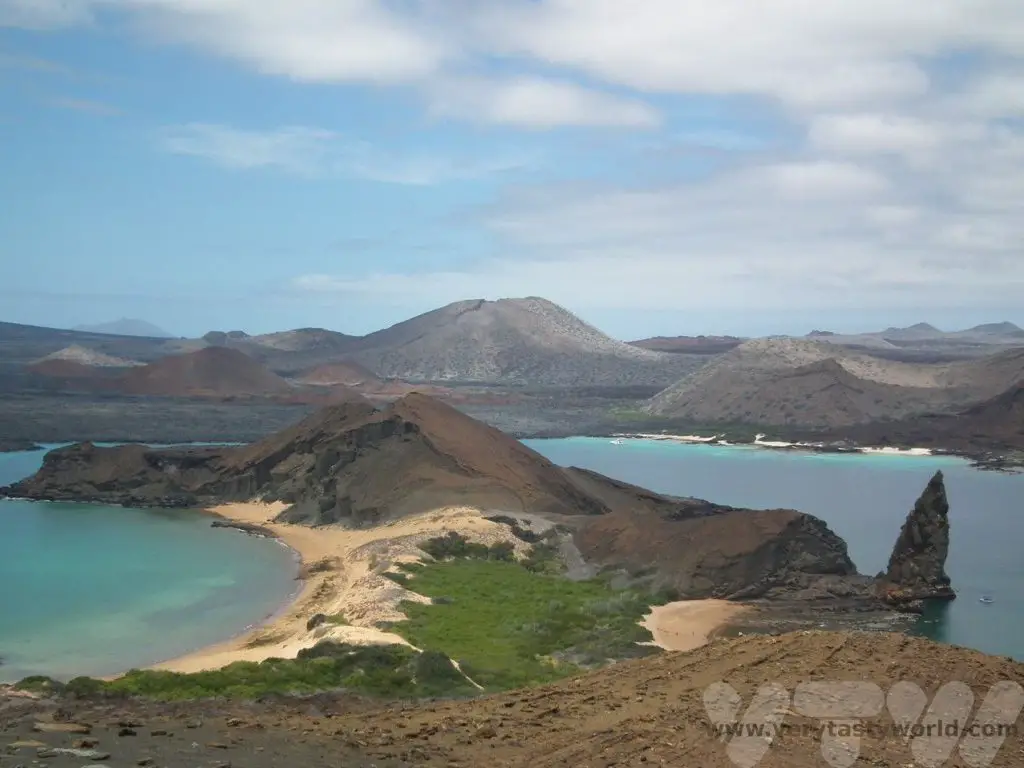
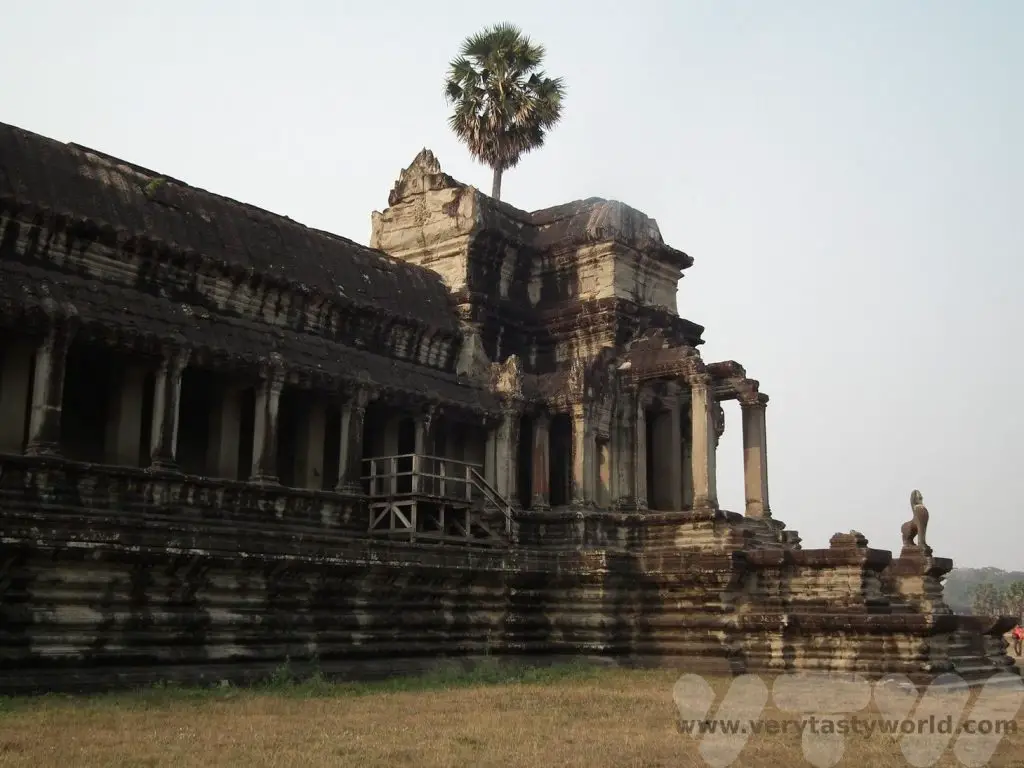
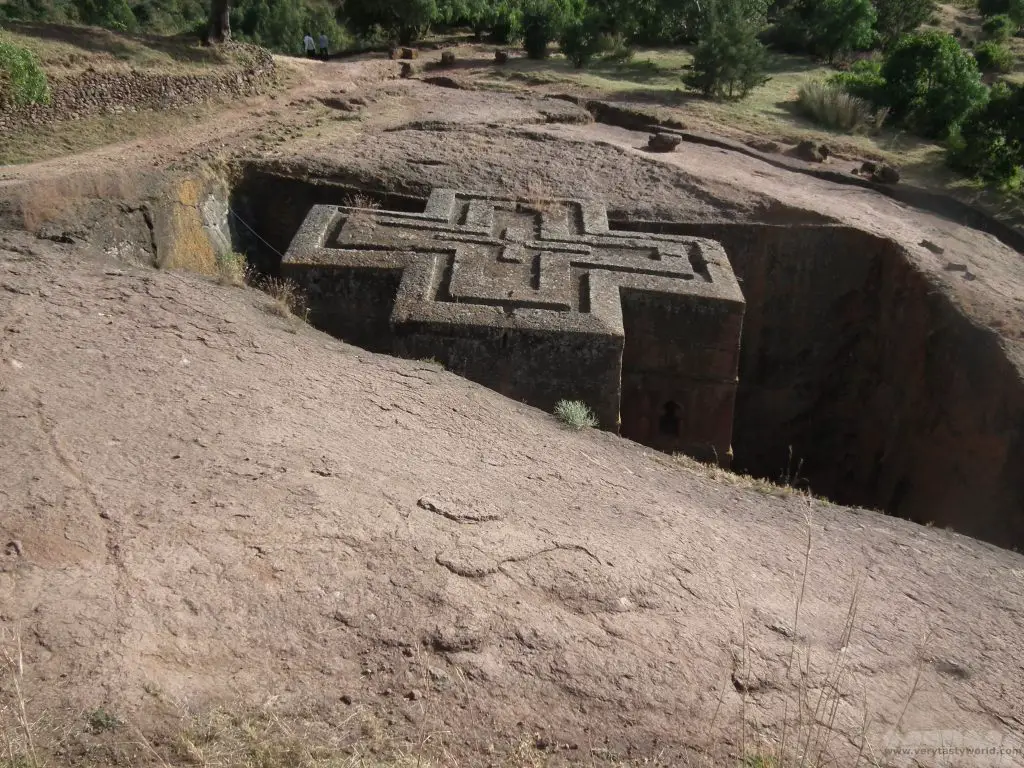
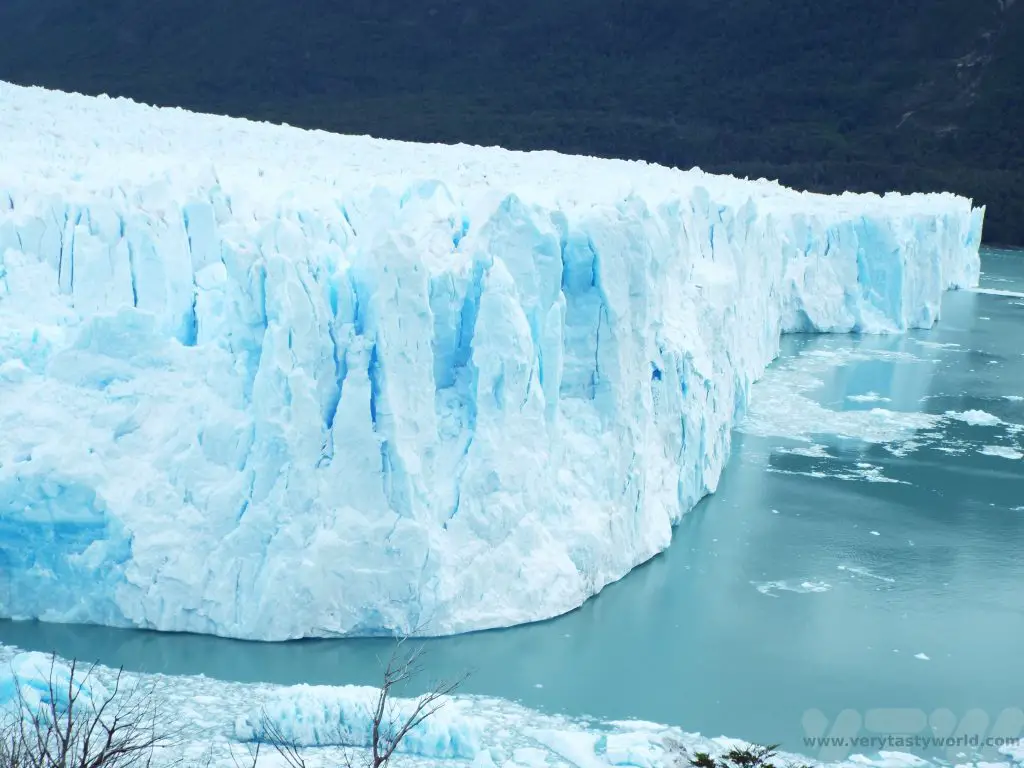
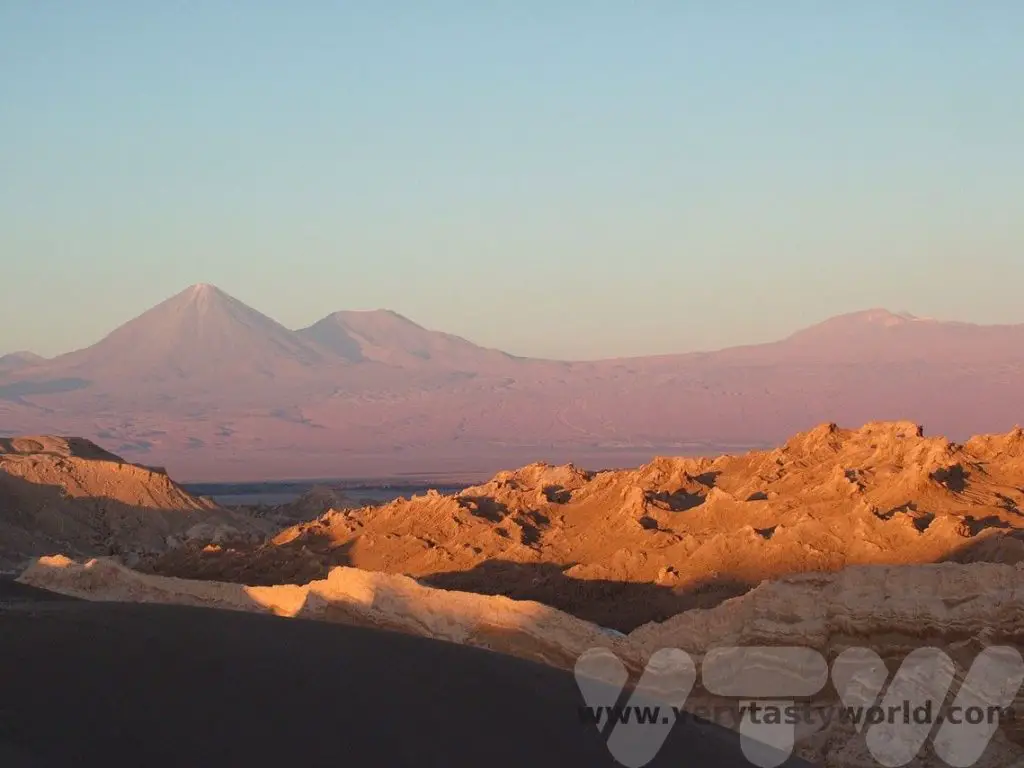
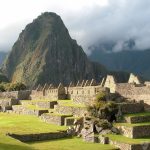
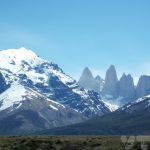
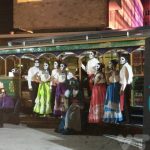


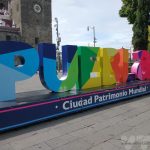
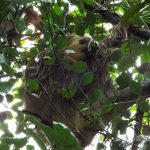
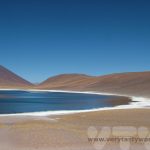


[…] Hiram Bingham in 1911. Inca architecture really is remarkable (note the amazing structures at Sacsayhuaman near Cusco). The dry stone wall structures are not square, doorways are trapezoidal and the stones are laid in […]
[…] climbing a flight of stairs can leave you a little breathless when you first arrive. Many hotels in South American countries offer coca tea which is supposed to help with the effects of altitude sickness, although if you do feel ill make […]
[…] in 1911. Inca architecture really is remarkable (note the amazing structures at Sacsayhuaman near Cusco). The dry stone wall structures are not square, doorways are trapezoidal and the stones are laid in […]
[…] Taking Tea at Great Heights in the Inca Valley, Peru – Very Tasty World says: 20th November 2020 at 10:40 am […]
[…] a nice cup of nettle tea, which has a mild, refreshing flavour and tastes a bit like green tea or coca tea. Then drain the nettles and let them dry naturally. They can then be used in our stinging nettle […]
While I typically try to cram as much into a trip as possible to make the most of my annual leave from work, the bus ride into Cusco seems like it might be the safer option since I don’t do well with altitude. Plus, I’m sure it’s a great way to see more of the country than simply flying in. Pisac looks like a fun place to explore, although I’d also have trouble dragging myself away from Cusco. I’m also really interested in trying the Chicha
We have the same issue with making the most of our time away so we did fly into Cusco. If you’re not great with altitude, the bus could well be the better option and you’re right, it’s a great way of seeing more of the country. Hope you get to visit – we are sure you will love the area. There are so many places to see beyond Cusco and Machu Picchu.
I loved my time in the Sacred Valley and this post transports me back. I missed the chicha which gives me yet another reason to return.
Your advice about altitude adjustment is so important. I went sea-level to Cusco slowly and had little issue but when I did it fast, I suffered.
Lyn | http://www.ramblynjazz
So glad you had such a great time in the Sacred Valley. We were lucky in that we don’t suffer too badly from the altitude but we know it can impact some people quite severely. Taking your time to get to Cusco from sea-level is definitely a good idea if you are likely to suffer.
If I ever make it to the Sacred Valley, it would definitely take me a good week to see everything (without feeling rushed) and taking it all in. What a rich and cultural significant part of Peru. I have watched a documentary on Machu P ages ago and was amazed by the sheer size of the site including the Sacred Valley. They also had a small tower to make astronomic calculations and a very sophisticated water system in place (the terrace structure for example) and the stone on stone technique was just another wow fact to learn. They really are just placed on top of one another and “glued” together by a basic yet strong sand mixture.
Carolin | Solo Travel Story
We’d definitely recommend spending time in the Sacred Valley if you can. You’re so right about how culturally rich this part of Peru is. The Inca were a remarkable people and it is fascinating being able to explore their legacy.
Altitude might be a real challenge for me here but what is adventure without it? 😉 I’ll puff and pant and huff my way to the Sacred Valley and in between, take swigs of some coca tea from my water bottle container. I might probably need to do some altitude training prior since there is just so much to see in this part of the world and it would be a pity to missed one of them. The architecture, the landscape and the local flavors need to be all savored yet taken slowly as one would when visiting the highlands of Cusco and all its wonders #flyingbaguette
Jan – https://flyingbaguette.com/
Altitude really can impact people in different ways. We were huff and puff types but fortunately didn’t seem to get any other symptoms. We would recommend spending time acclimatising as you explore this most fascinating region. You are so right that the wonders of the Inca world need to be savoured.
I had heard of Machu Picchu and it is certainly on my list for when I get to that part of the world, but I had no idea that there were so many other sites nearby.
The size of them seem to almost rival Machu Picchu itself!
They would certainly interest me and I can see that I will have have to add in at least a few more days to any itinerary there to include them.
Those coloured corn beers look fabulous – something to certainly try as a local delight!
We were astonished at how many historic sights there are to see in the Sacred Valley. Although Machu Picchu is the star attraction, there are so many sights we would definitely recommend adding in as much time as you can to explore this fascinating region. Yes – the corn beer was fantastic – highly recommended!
Wow. I don’t think I realized how MANY sights there are in the Sacred Valley – to be honest, it’s a bit overwhelming. I’m not really a history buff, so I’d have to try to learn some history before I go so I’m not overwhelmed and bored when I get there haha. I was planning on spending some time there to get acclimated to the altitude before Machu Picchu. Great post!
Thank you! We too were surprised that there were so many sights to visit in the Sacred Valley. There are all sorts of other things to do in the area if you get a bit historied-out. We do recommend spending time to get acclimatised to the altitude.
This region of Peru is absolutely fascinating. From the historical richness, to the architecture, to the ethnography, everything is a delight for the eyes.
As much as we hear about Machu Picchu, we never hear enough. There is less talk about the Sacred Valley, and yet, there is so much to explore and discover.
Without a doubt, one day I have the opportunity to visit the place, I will take some time to calmly explore all this cultural treasure!
You’re so right that there is so much cultural heritage to enjoy in this remarkable region. We do hope you get to visit some day – it is definitely better to explore at a leisurely pace here if you can.